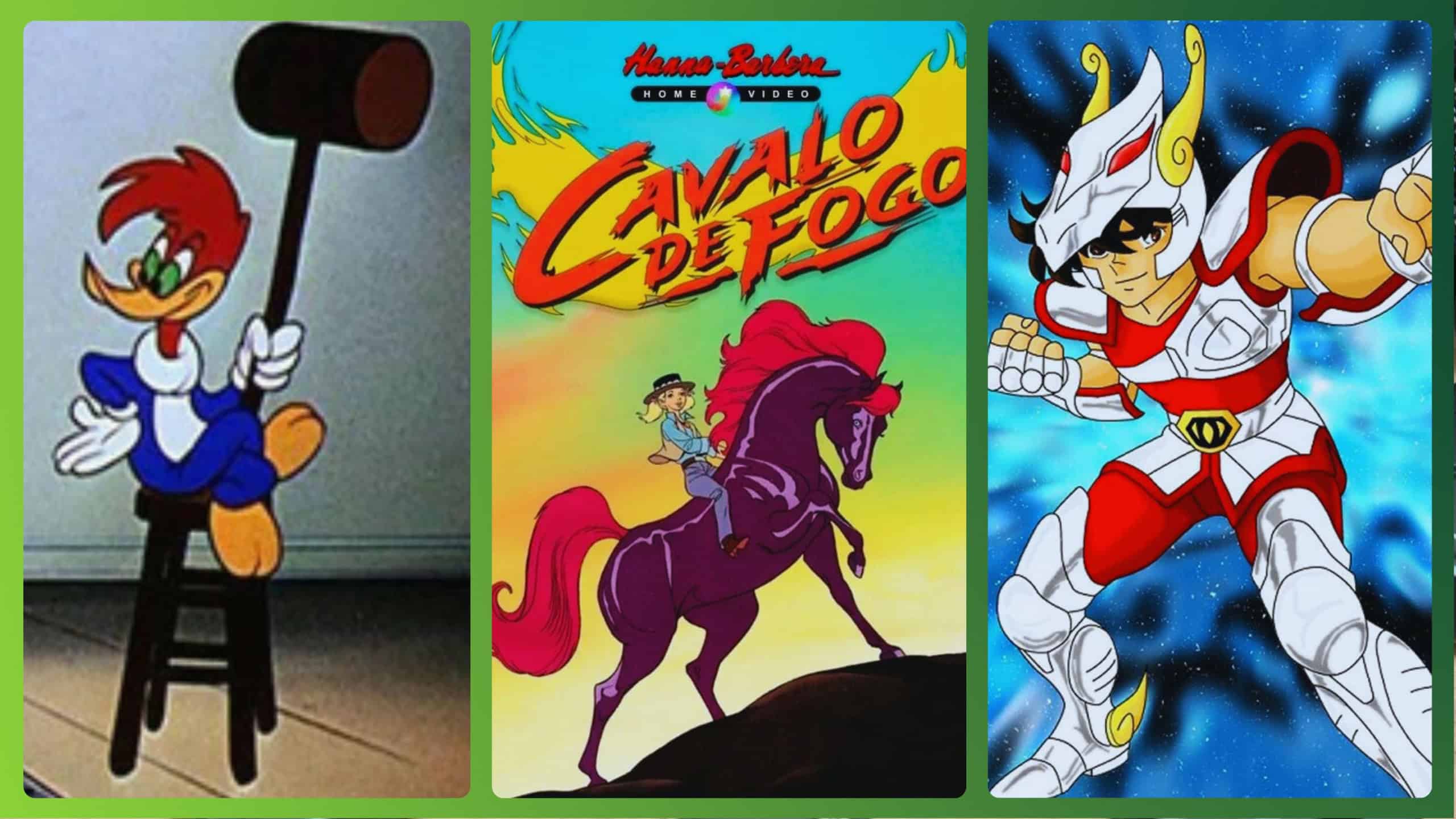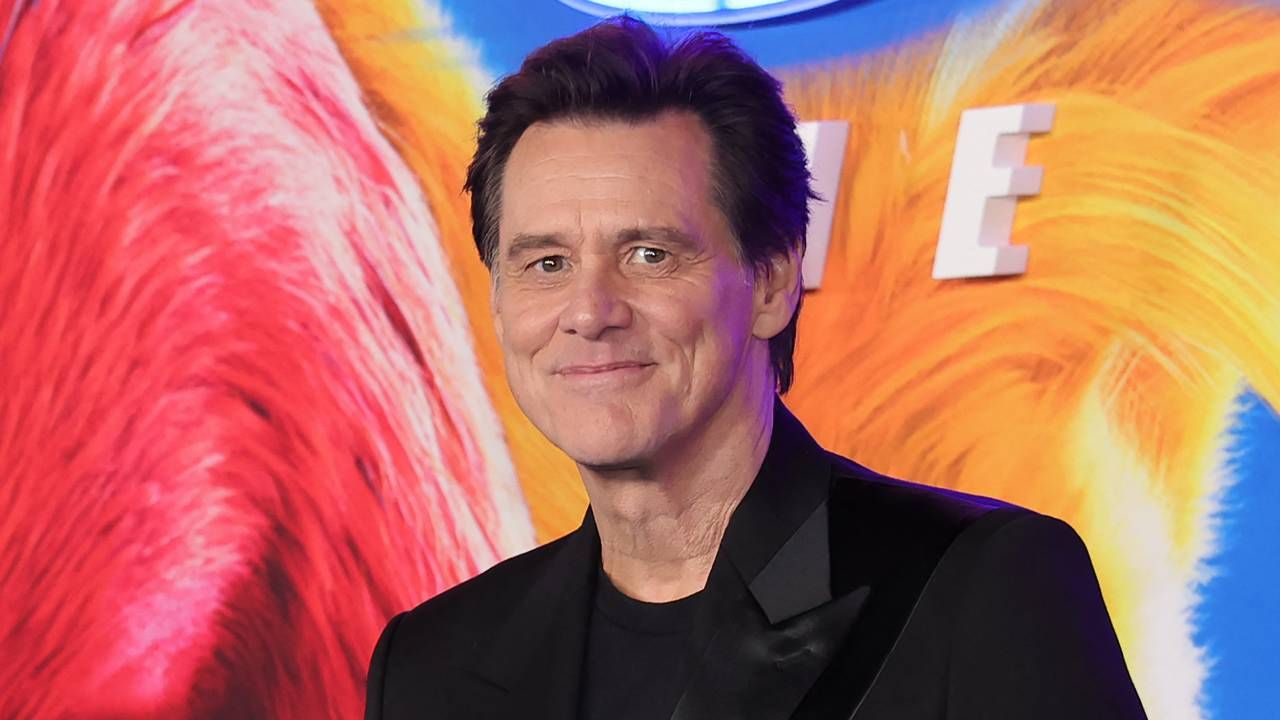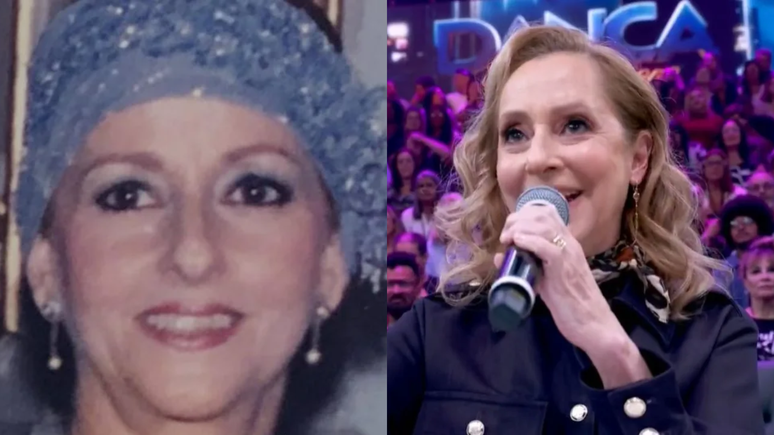There is a cartoon that, for some reason, seems to have been created for Brazilian audiences. Even without much prominence abroad, these animations have become fashionable here. Whether it is due to dubbing, repetitions on television or the alchemy with our culture.
Below we list 8 projects that have been much more successful in Brazil than elsewhere.
8 models more popular in Brazil than abroad
Dragon Cave
Constant presence on television between the 80s, 90s and 2000s in various children’s programs on Rede Globo, “Caverna do Dragão” won over generations of children in Brazil.
The animation is based on the TSR role-playing game of the same name. The series had some success in the United States, its country of origin, but in Brazil it received the status of a nostalgic classic. The series was canceled after three seasons, and the final unproduced episode, “Requiem,” ended up gaining notoriety and arousing great curiosity among fans.
The story follows six children who go to a mysterious world and are given magical weapons. With the help of the Master of Wizards, they try to return home, but the evil Avenger constantly threatens their adventures.
X-Men: Evolution
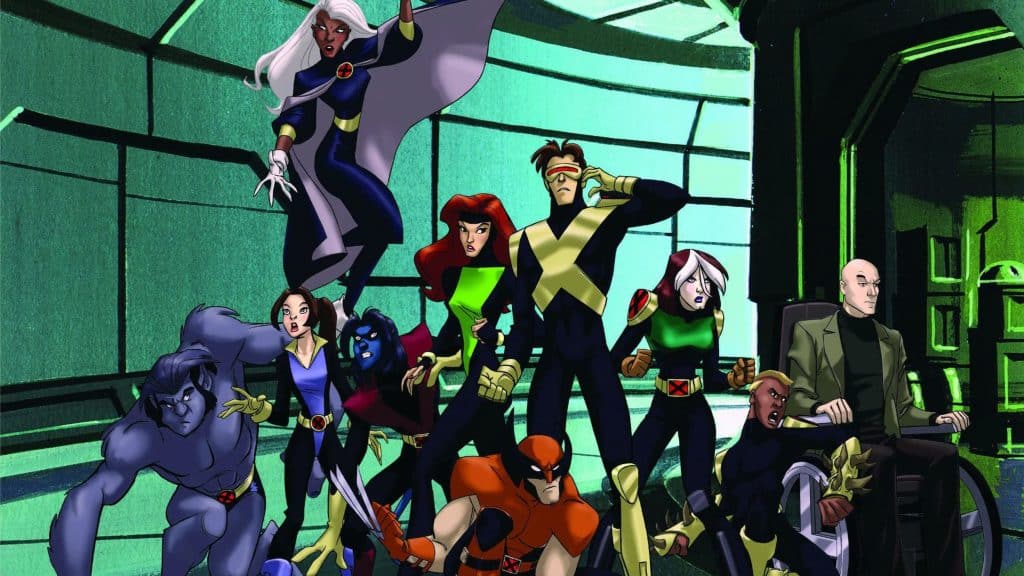
One of the most beloved cartoons broadcast by Bom Dia & Cia, on SBT, in the 2000s was “X-Men: Evolution”. The series portrays some of the X-Men, such as Jean Grey, Cyclops, and Nightcrawler, as teenagers instead of adults.
In the United States, “X-Men: Evolution” received mixed reception, with initial resistance and praise after the second season, although some criticized the plot and characters. In Brazil, animation was hugely successful and introduced heroes to a new generation.
Super shock
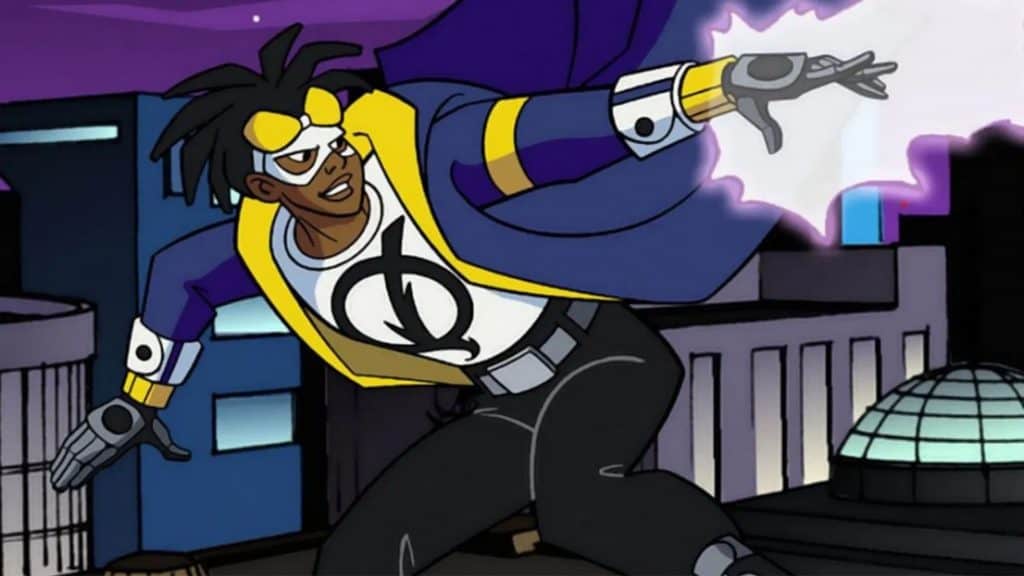
The cartoon had a long run on Bom Dia & Cia, on SBT in the 2000s. “Super Choque” reached a level of popularity in Brazil that has probably not been repeated anywhere else in the world.
The story follows teenager Virgil Hawkins, who gains electrical powers after coming into contact with a mutagenic gas and becomes a superhero. The work is inspired by the Static comics, by Milestone Media/DC Comics, and is part of the Justice League universe.
Woodpecker
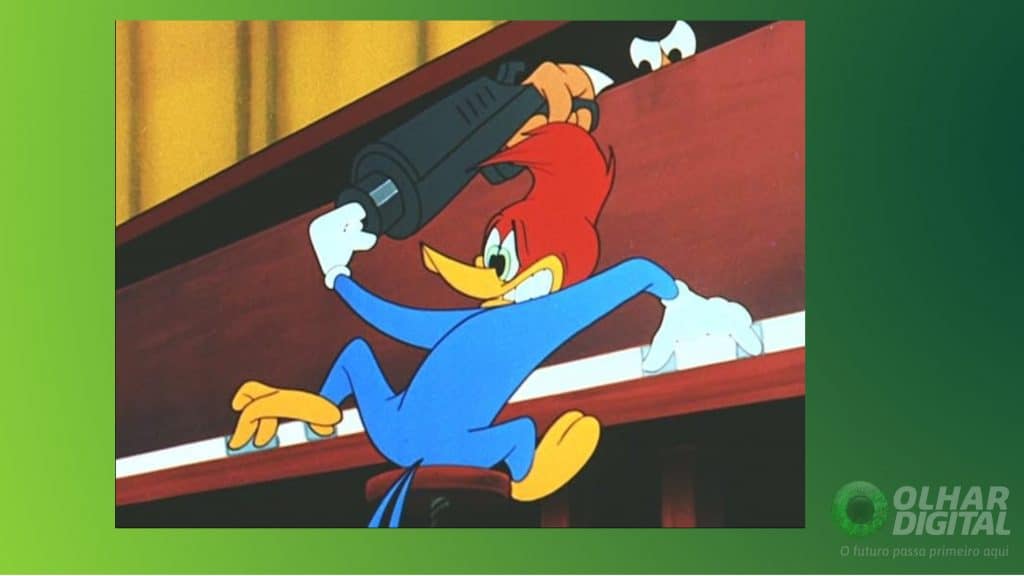
Many Brazilians are surprised to find that “Pica-Pau” does not have the same prestige in other countries as golden age animation classics, such as “Tom & Jerry” and “Looney Tunes.”
Far from it: in his home country, the United States, the character is largely forgotten. Indeed, Americans and people from other places are often surprised by the strength and popularity of “Pica-Pau” in Brazil.
Created in 1940 by Walter Lantz, the character’s short films began showing in Brazil in the 1950s. The older generations were marked by numerous reruns on SBT between the 1980s and 2000s. The younger generations got to know him at Rede Record screenings.
The iconic dub is pointed out by many fans as one of the main reasons why “Pica-Pau” has become an icon in Brazil.
The Knights of the Zodiac
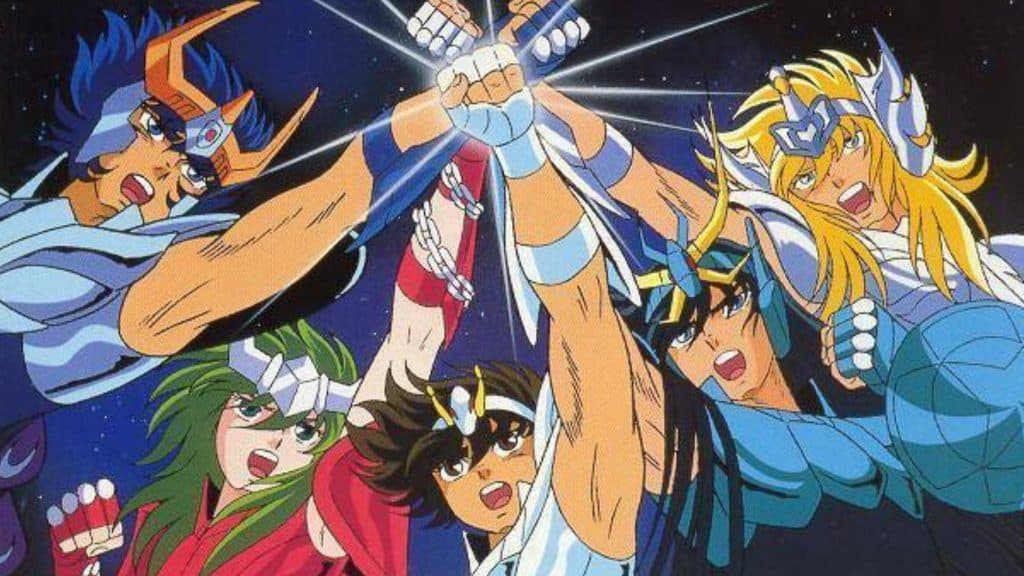
Well, “Knights of the Zodiac” also had a huge success in France, much bigger than in Japan. However, in Brazil, the anime of Seiya and company made history.
Debuting on Brazilian television in 1994, on the now-extinct Rede Manchete, “Os Cavaleiros do Zodiaco” became an unprecedented phenomenon in the country compared to an animated series. By revolutionizing the way Brazilian children watched cartoons on television, the work paved the way for more anime to come to the country.
Based on the manga created by Masami Kurumada, the cartoon follows the Bronze Saints Seiya, Shiryu, Hyoga, Shun and Ikki on their mission to protect the goddess Athena.
CardCaptor Sakura
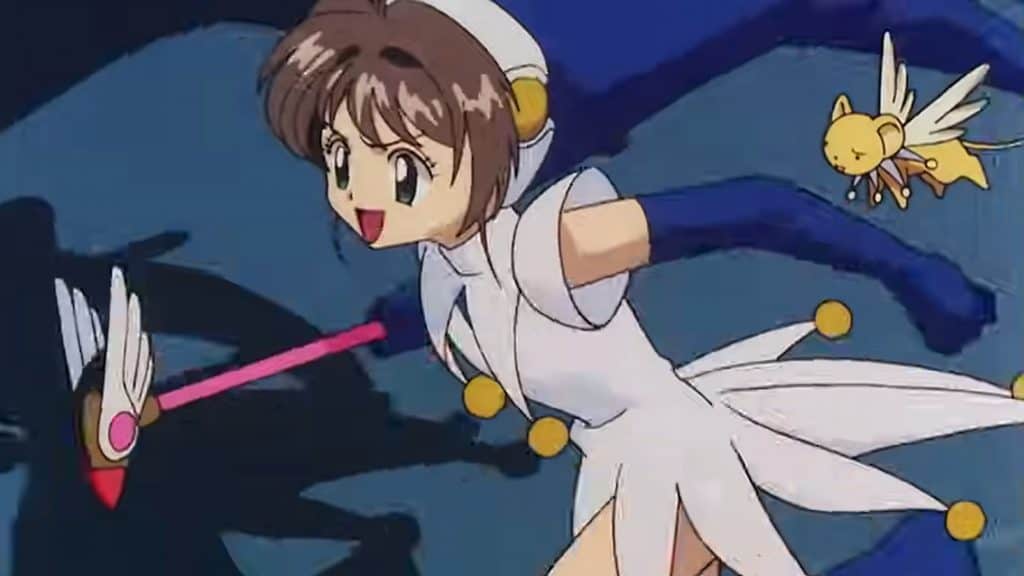
In Japan, its country of origin, “CardCaptor Sakura” had a relative success, although much more niche among a certain segment of the public. In Brazil, the popularity of anime is only behind phenomena such as “Dragon Ball Z,” “Naruto,” “Knights of the Zodiac,” “Pokémon” and “Yu Yu Hakusho.”
The iconic dubbing and broadcasts on Rede Globo and Cartoon Network have helped consolidate the anime in the Brazilian imagination. To give you an idea, “CardCaptor Sakura” also had a themed bar in the Liberdade neighborhood of São Paulo.
Punk
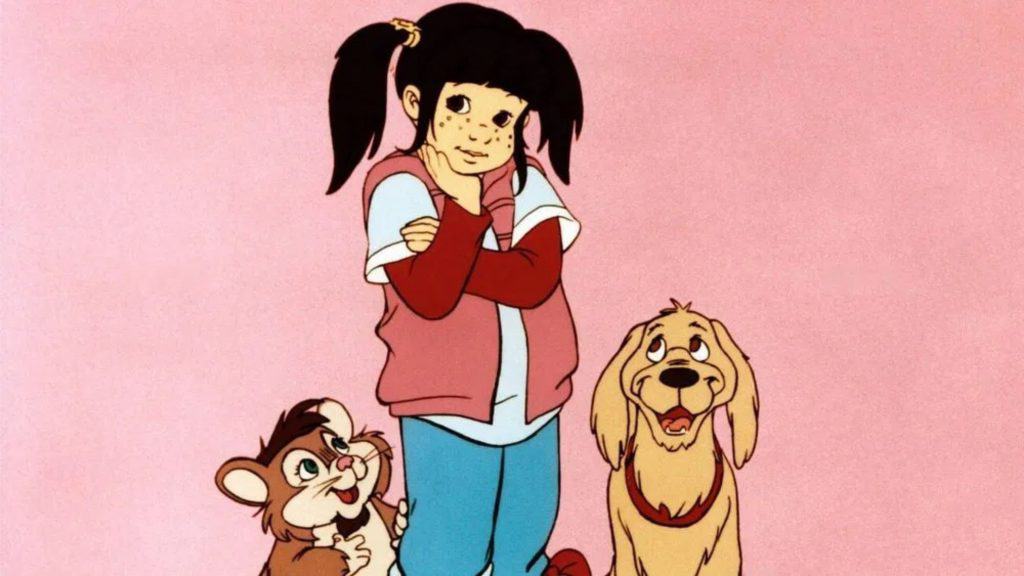
This cartoon is a spin-off of the iconic TV series “Punky, a Levada da Breca” and marked the childhood of many people who saw it on SBT, among the various reruns broadcast from the 80s to the 2000s. Unlike the rest of the world, where the animation went unnoticed, in Brazil it gained an importance similar to that of the original TV series.
In the TV series, Punky (Soleil Moon Frye) was a girl abandoned by her parents who lives with grumpy widower photographer Arthur Bicudo (George Gaynes).
The cartoon focuses on Punky’s adventures with her friends and a new exclusive character: Glomer, a friendly creature with magical powers.
Fire horse
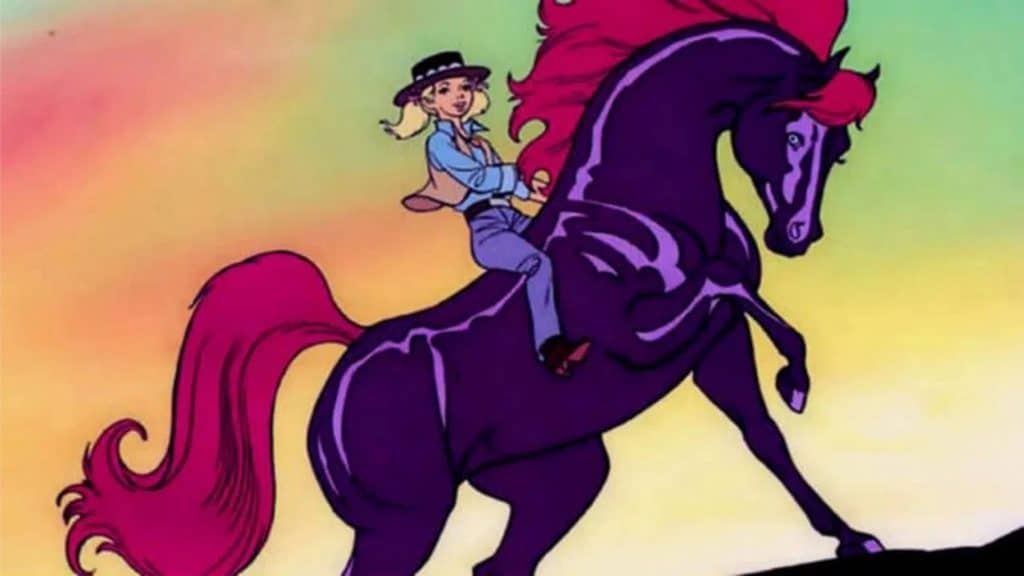
This is a classic example of a cartoon that was much more successful in Brazil than anywhere else, including its country of origin.
In the United States, the series had only 13 episodes and low ratings. However, in Brazil, these same 13 episodes were reproduced countless times by SBT between the 1980s and 2000s, making the animation one of the most loved and remembered by the public. Even the opening song, with its slight discordance, remained etched in the memory of those who watched.
In the story, young Sara discovers that she is the princess of a magical kingdom and, with the help of the talking Fire Horse, faces the evil witch Lady Diabolyn.
The 8 most popular designs in Brazil and abroad appeared first on Olhar Digital.
Source: Olhar Digital
Rose James is a Gossipify movie and series reviewer known for her in-depth analysis and unique perspective on the latest releases. With a background in film studies, she provides engaging and informative reviews, and keeps readers up to date with industry trends and emerging talents.

